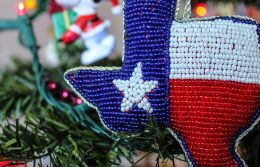How Texas Helped Save the American Wilderness
Texans have always had a deep connection with the land. From the earliest days of settlement and westward expansion, Texas’ rugged and expansive landscape offered the promise of flourishing and presented the challenge of survival.
With fickle weather and often harsh conditions, Texans have sought to tame and live in harmony with Texas’ wild. Sometimes this has led to dramatic environmental changes, as prairie land was cleared for farmland or growing urban centers replaced wilderness with industry. But there has also been a deep respect and love of the outdoors, and Texas has led the way in strategies to protect and preserve the outdoors — often on Texans’ own terms.
For Earth Day, we look at a new book about the American conservation and environmental movement, “Silent Spring Revolution.” Inspired by what author Douglas Brinkley, the Katherine Tsanoff Brown Chair in Humanities and Professor of History at Rice University, dubs the “Great Environmental Awakening” that followed the publishing of Rachel Carson’s seminal nonfiction report on the dangers of DDT pesticide, Douglas’ book examines the legacies of three presidents — John F. Kennedy, Lyndon B. Johnson, and Richard Nixon — who transformed the way America perceived and preserved the environment.
As many Texans know, Hill Country native Lyndon B. Johnson — and his first lady Lady Bird Johnson — had a legacy of beautifying Texas lands and growing an appreciation for its native fauna. But Douglas’ “Silent Spring Revolution” also highlights several other monumental environmental moments connected to Texas.
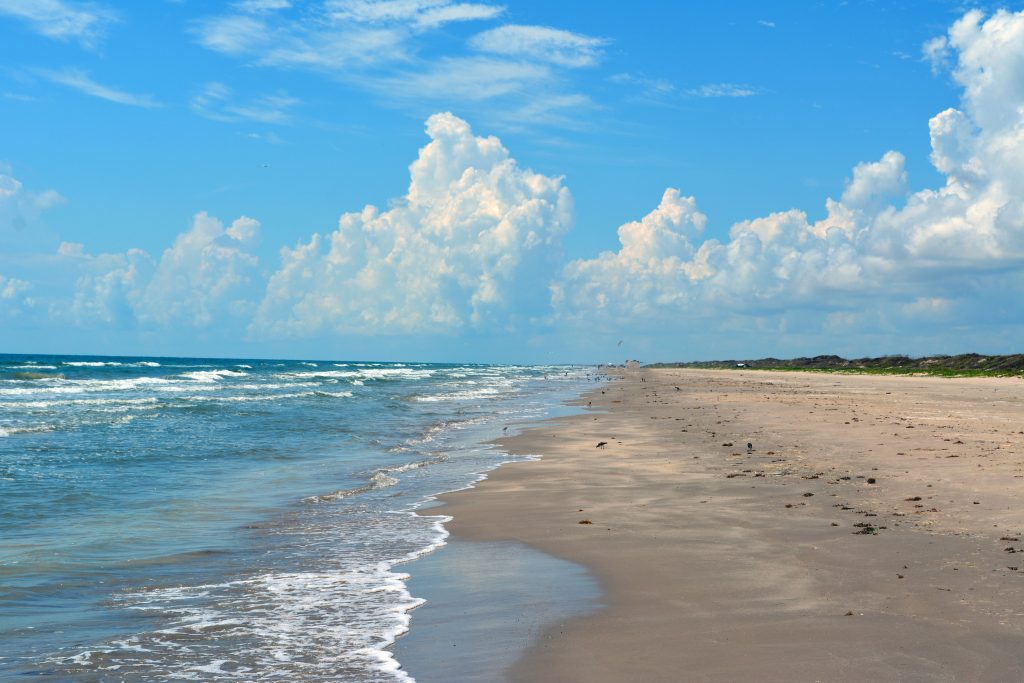
Padre Island National Seashore
The effort to turn Padre Island into a national seashore began during the John F. Kennedy administration. The sailor Kennedy made protecting coastal areas a central aspect of his environmental policy. Ironically enough, his Texan Vice President, Lyndon B. Johnson, was initially reluctant to support the Padre Island project. JFK won the battle, and Padre Island National Seashore was established in 1962. After he became president, Brinkley writes, LBJ took credit for the effort.
LBJ, the Environmentalist
One of the key arguments in “Silent Spring Revolution” is that Lyndon B. Johnson’s environmentalist legacy has largely been overshadowed by his role in escalating the Vietnam War. Brinkley lays out a litany of accomplishments by the Texan president — including the Wilderness Act of 1964, the Clean Air Act of 1963, the Water Quality Act of 1965, and the Land and Water Conservation Fund — and makes the case that Johnson’s affinity for preserving natural, wide-open places can be traced back to his roots growing up in the Texas Hill Country.
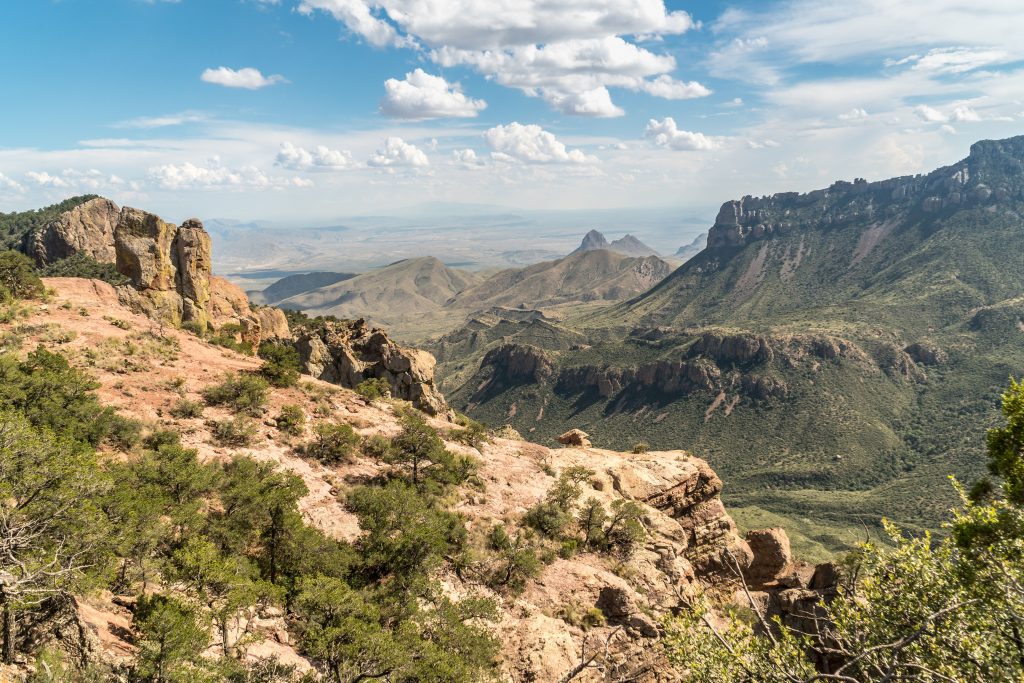
A Trip to Big Bend Inspires Action
In April 1966, Lady Bird Johnson set out to Big Bend Park in Texas with George Hartzog, the National Park Service director. The First Lady hiked the Lost Mine Trail, paddled down the Rio Grande River, and sat on a blanket on the desert floor to watch the brilliant stars at night. The trip, which the press covered rapturously, was more than just a photo op. While Lady Bird was drawing attention to the wildness through her travels, her husband back in Washington D.C. established the President’s Council and the Citizens Advisory Committee on Recreation and Natural Beauty, an agency tasked with establishing more nature preserves closer to urban centers.
Environmental Justice
One of the first incidents to give birth to the nascent environmental justice movement occurred at Texas Southern University. In 1967, after an 11-year-old African American boy named Victor George drowned in a polluted pond at the Holmes Road landfill in Houston, outraged students staged a sit-in outside the dump entrance and demanded its closure. Police responded with force, firing live rounds at the protesters and arresting nearly 500 college students.
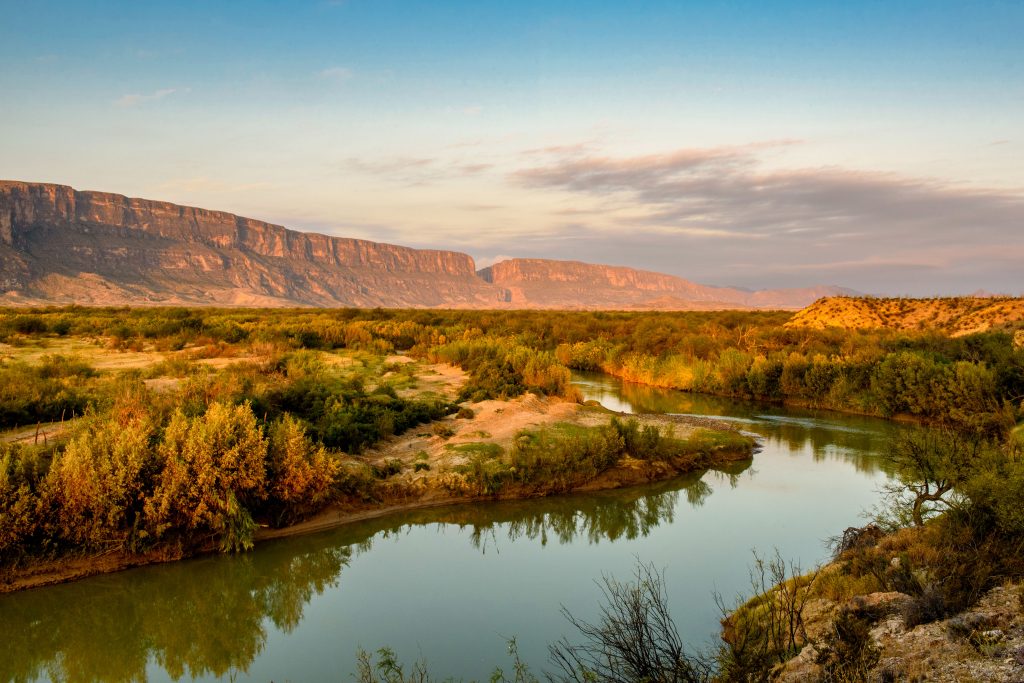
Goodbye to a River
Some of the earliest environmental activism was a reaction to the rampant dam building throughout the first half of the 20th century. By the mid-1960s, President Lyndon B. Johnson was trying to establish the National Wild and Scenic Rivers System to protect the wildness of rivers that had yet to be dammed. To help understand the impact of dams on the environment, LBJ suggested more people read John Graves’ “Goodbye to a River,” which recounts his canoe trip down the Brazos in the months before it was dammed.
Sen. Ralph Yarborough
The Democratic Texas senator was a champion of preserving many of the natural spaces Texans enjoy today. He initiated the Padre Island National Seashore designation and wrote bills establishing the Fort Davis Historical Site and the Alibates Flint Quarries National Monument in the Panhandle. He also fought for the establishment of Guadalupe Mountains National Park along with conservationist friend Justice William O. Douglas, who wrote the book “Farewell to Texas” about the Lone Star State’s vanishing natural places.
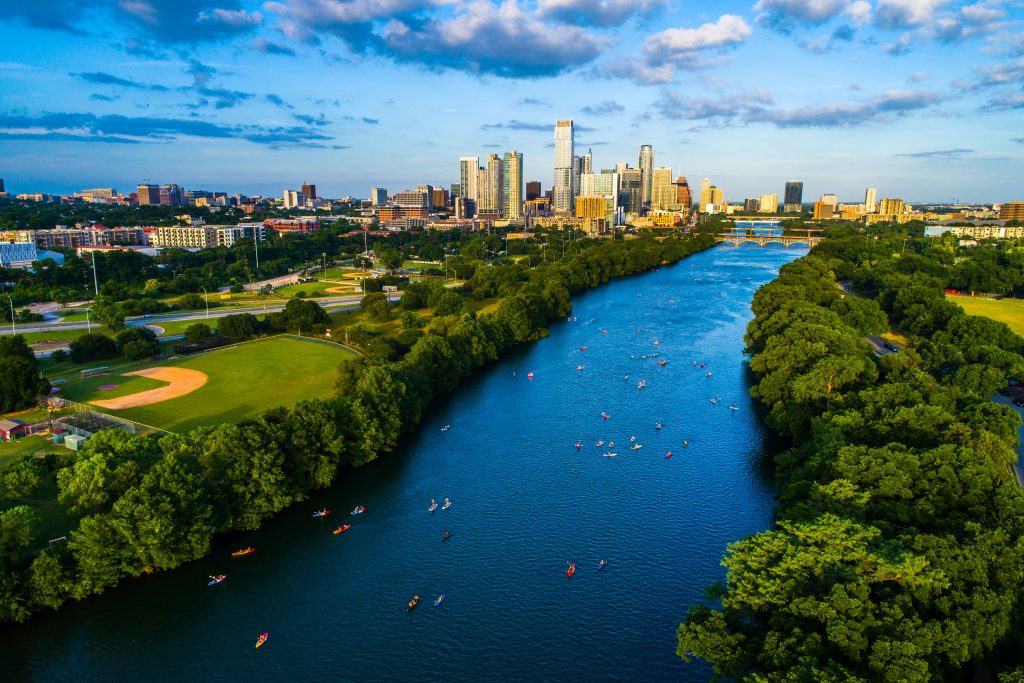
Lady Bird Johnson
No book about 20th century American environmentalism could ignore the towering role played by the first lady from East Texas. Lady Bird helped birth the beautification movement, which led to the cleaning up and cultivating green spaces in cities and along the highway network. In her native state, she helped steer the effort to clean up the lake in downtown Austin that would later bear her name and establish the wildflower center that continues to champion native fauna. And as her Big Bend trip attests, Lady Bird helped support her husband’s environmental agenda by drawing publicity to his success.
Interested in more Texas environmental history? Read the captivating story of the bison at Caprock Canyon next.
© 2023 Texas Farm Bureau Insurance



